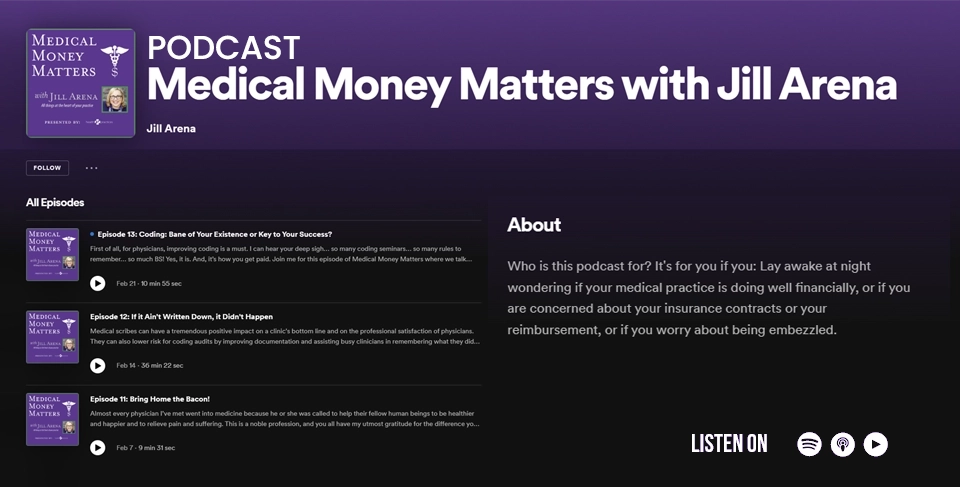Why Physician Leadership Development Should Be a Strategic Priority
The landscape of healthcare is shifting rapidly. Amid increasing demands, tighter resources, and growing emphasis on team-based care, the need for strong physician leadership has never been greater. While clinical excellence remains foundational, the ability to lead with emotional intelligence, communicate effectively, and foster collaboration is what sets high-performing clinics apart.
Physicians are often placed in leadership roles because of their clinical expertise—but without intentional development, many find themselves unprepared for the interpersonal and organizational challenges that come with leadership. The result can be miscommunication, fractured team dynamics, and even compromised patient care. Leadership is no longer a nice-to-have—it’s a must-have skill set in today’s clinic environments.
Investing in physician leadership development helps bridge this gap. Whether through coaching, group learning, or structured development programs, physicians can gain the tools to manage conflict, lead interdisciplinary teams, support psychological safety, and model professionalism under pressure. These aren’t abstract concepts—they directly impact patient experience, staff satisfaction, and clinic outcomes.
Leadership development also plays a preventative role. Physicians who are supported in their growth are more likely to feel empowered, connected to their purpose, and better equipped to manage stress. This can reduce burnout, improve retention, and contribute to a more positive workplace culture across the board.
Ultimately, developing physician leaders is a strategic investment—not only in the individuals themselves but in the future of care delivery. Clinics that prioritize this development will see stronger teams, better patient outcomes, and a more resilient, value-driven culture.
-Anne Hirsch, MD


